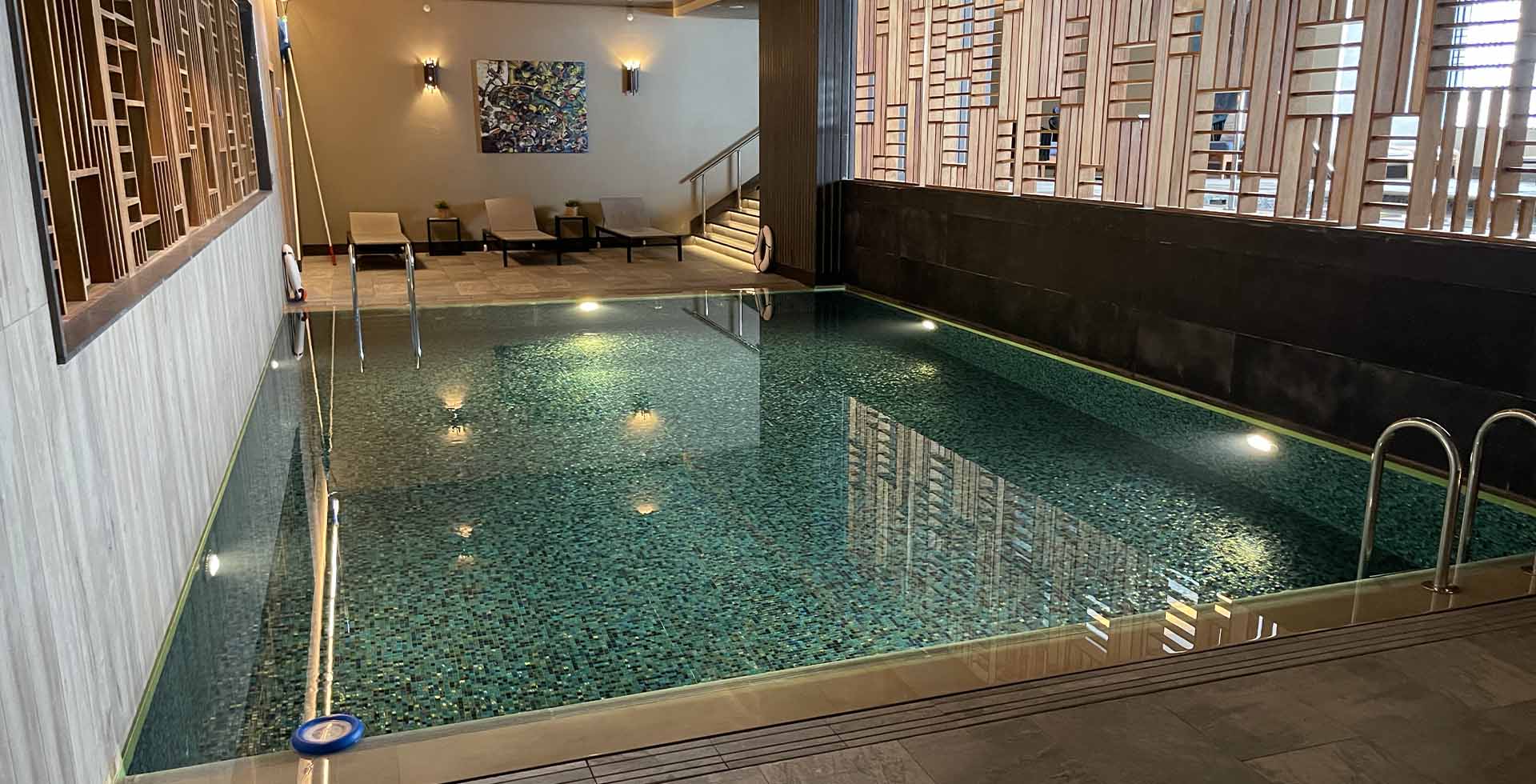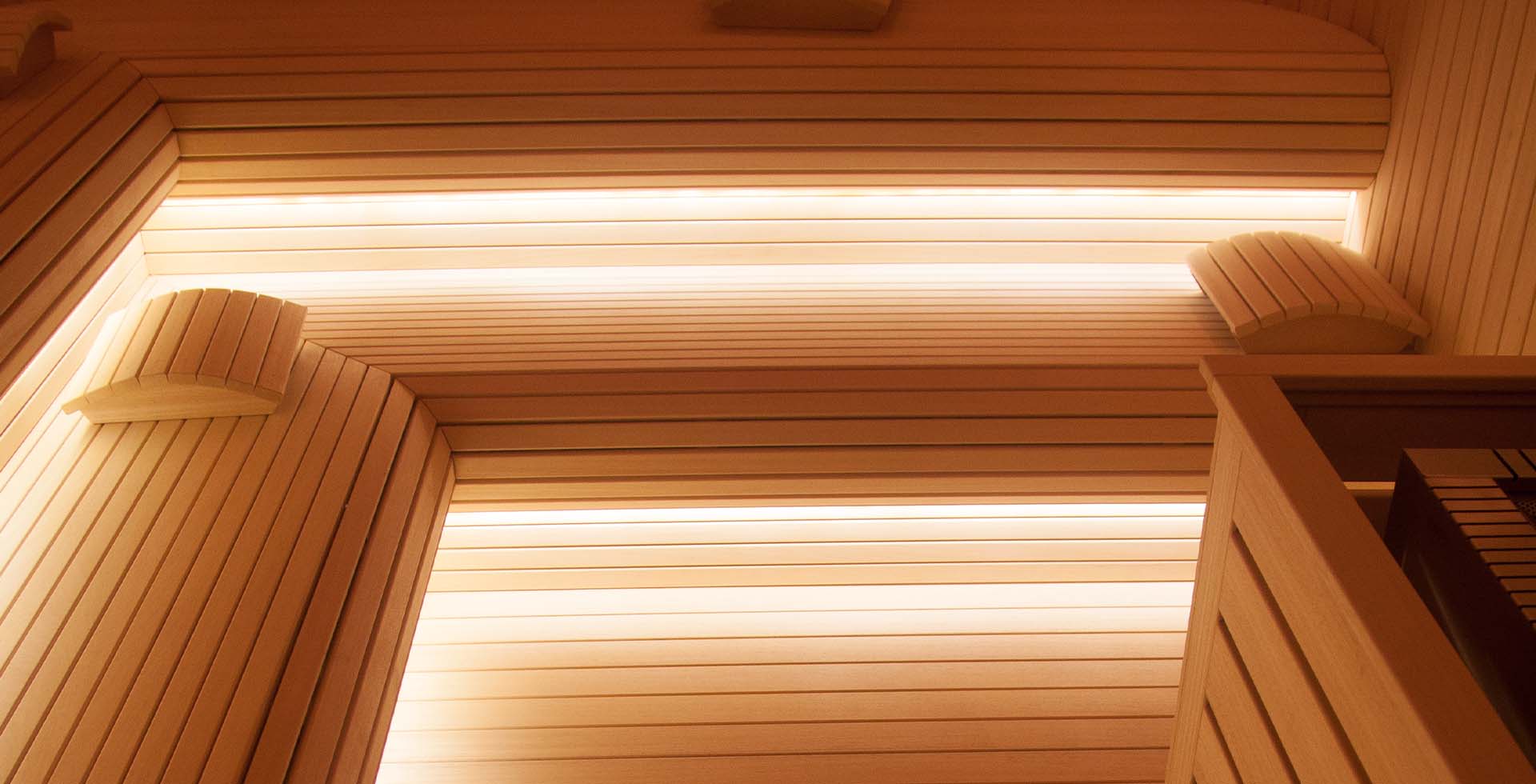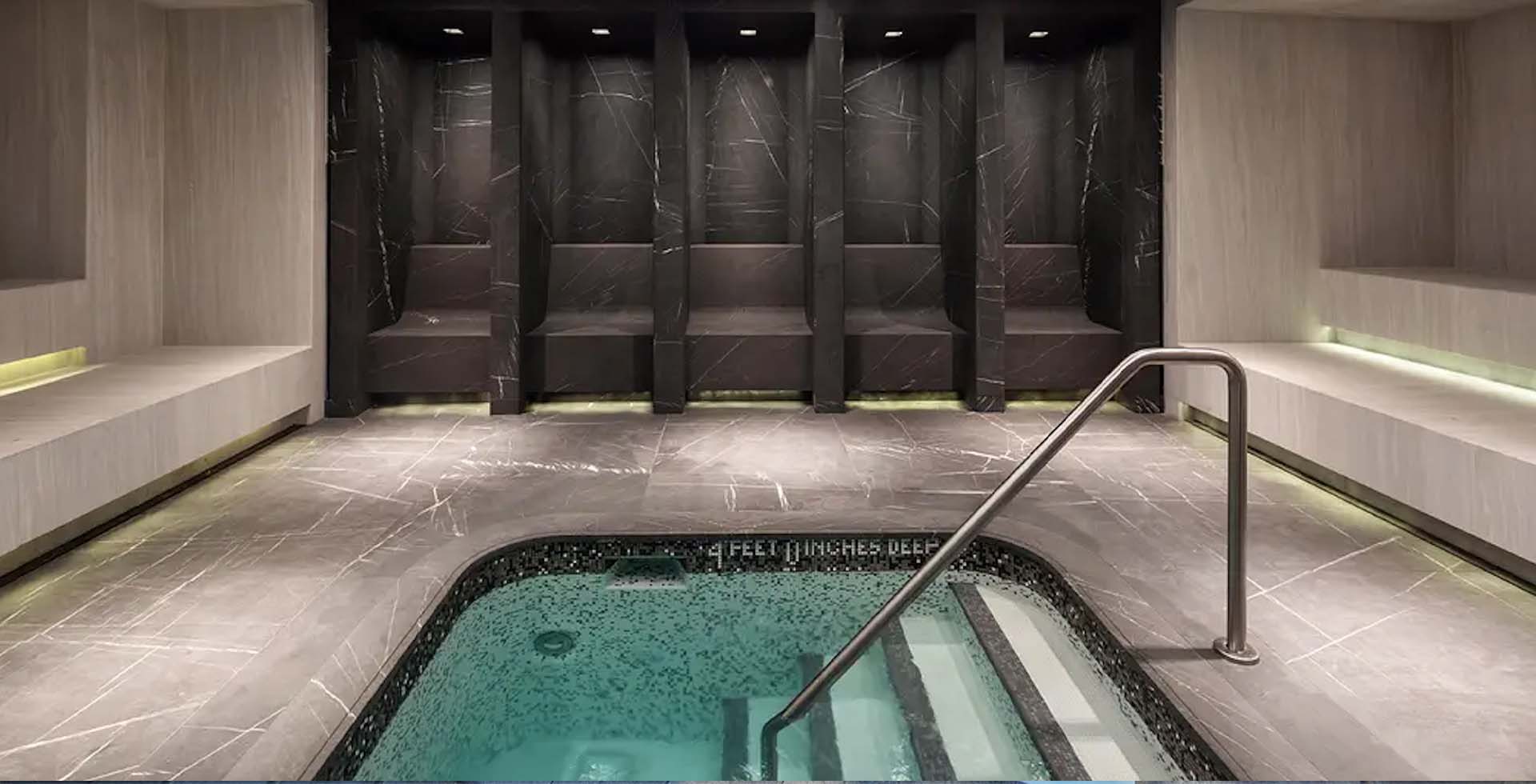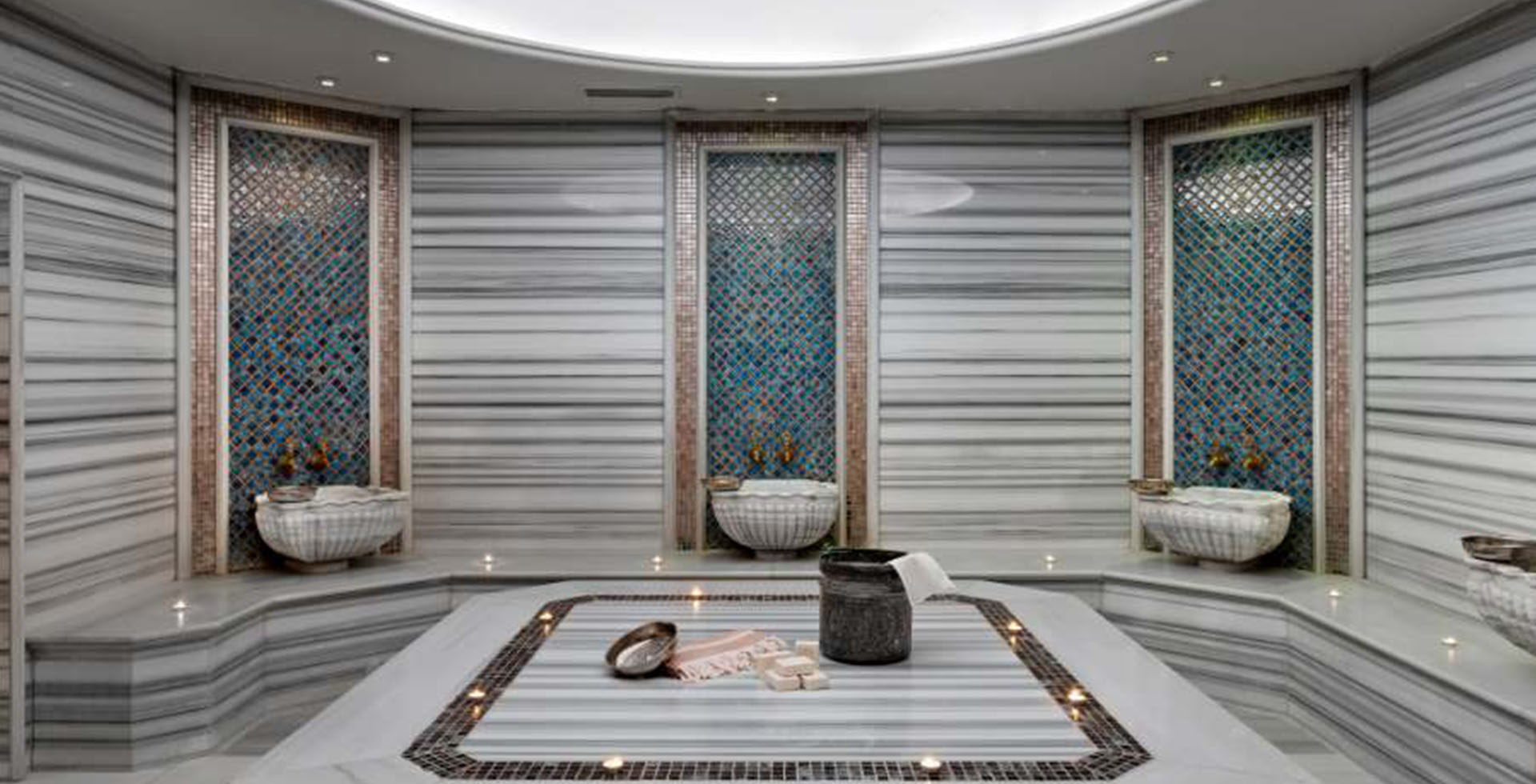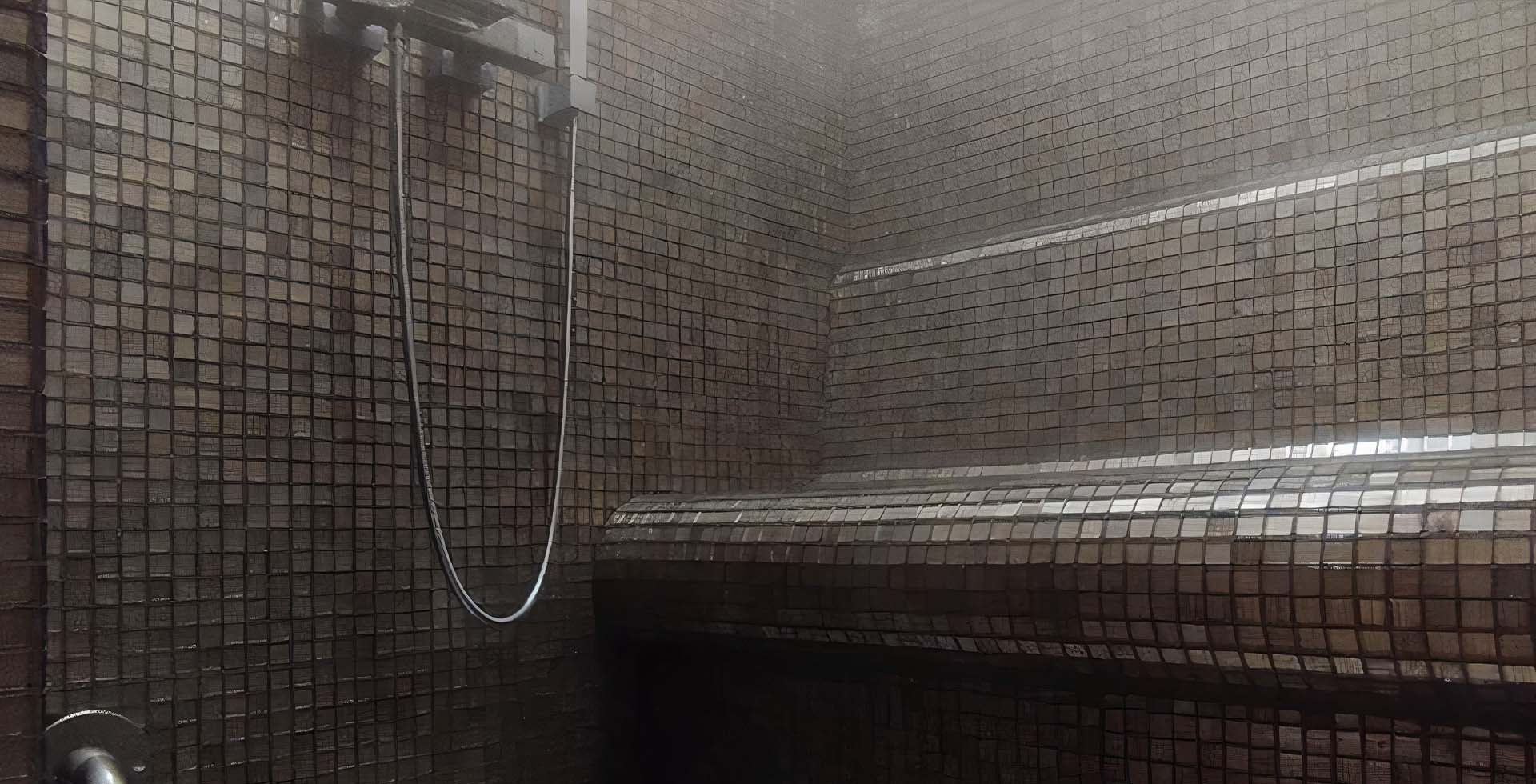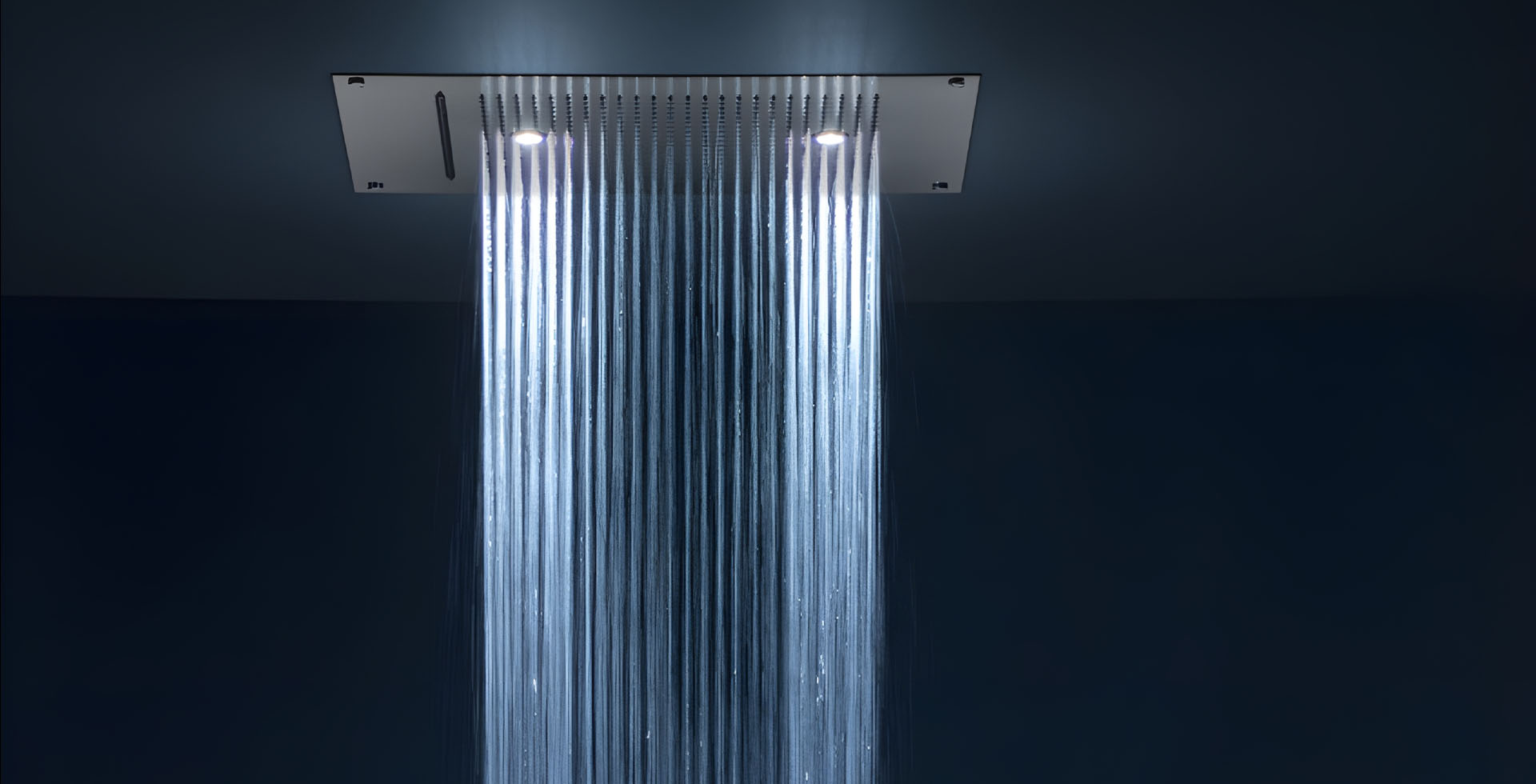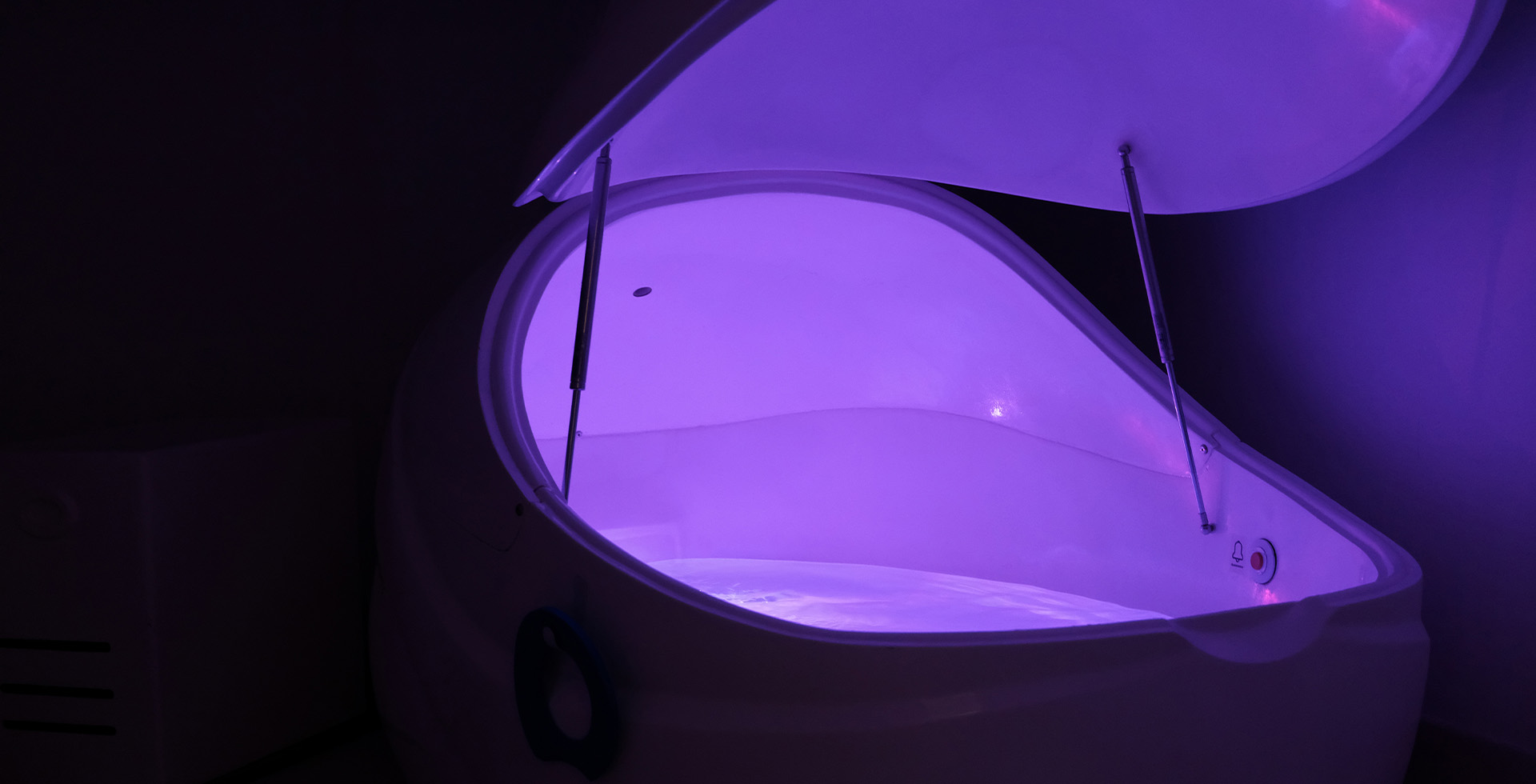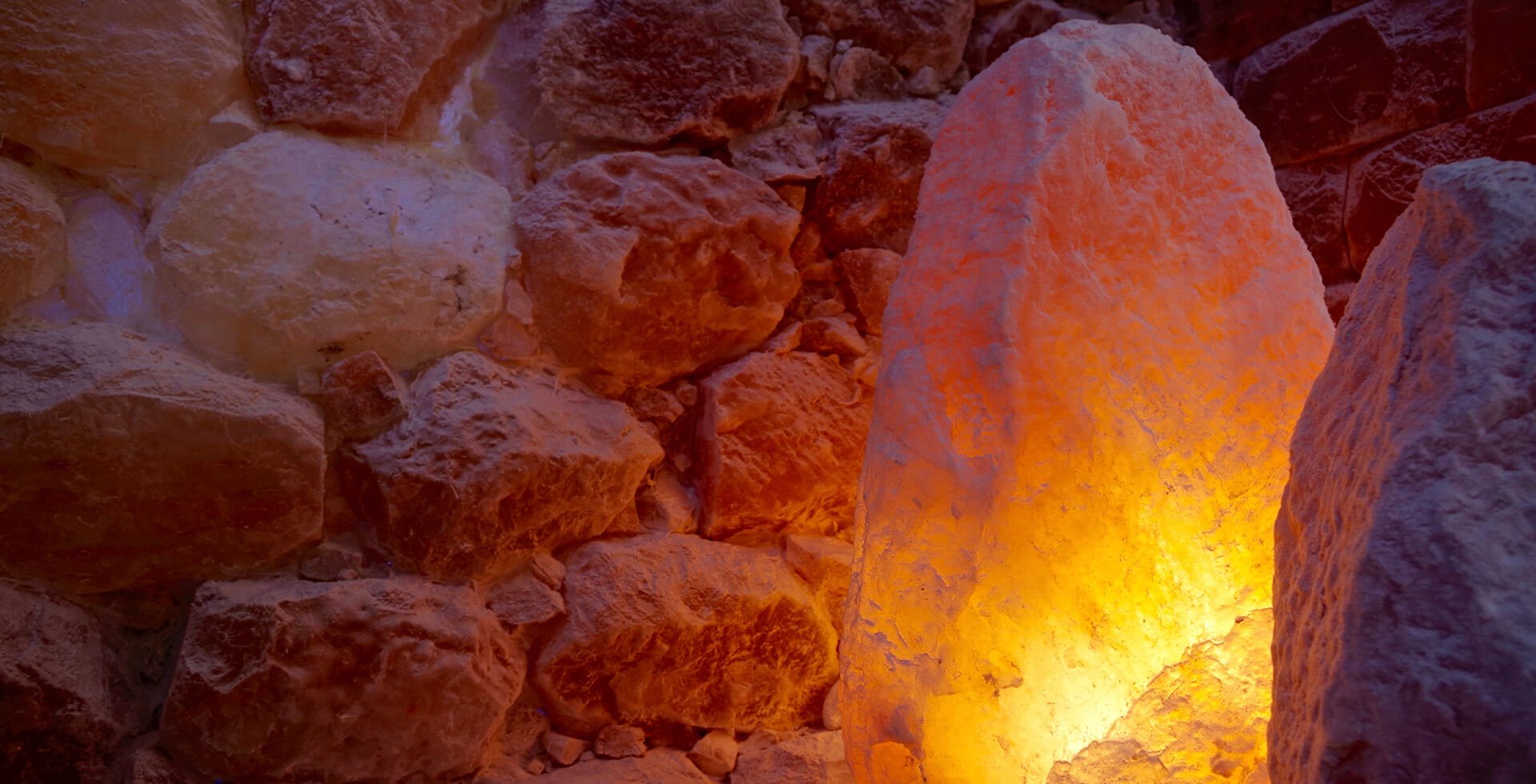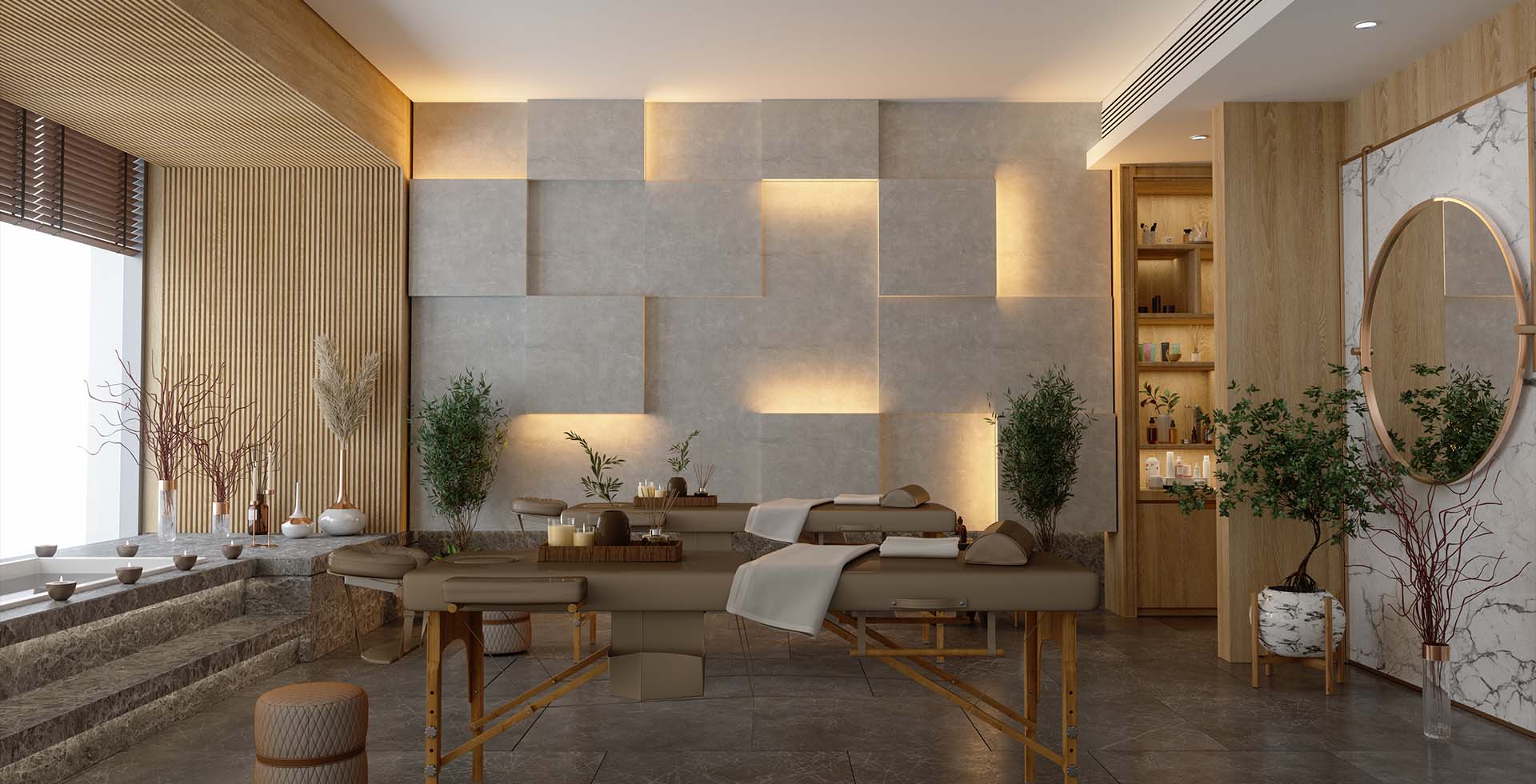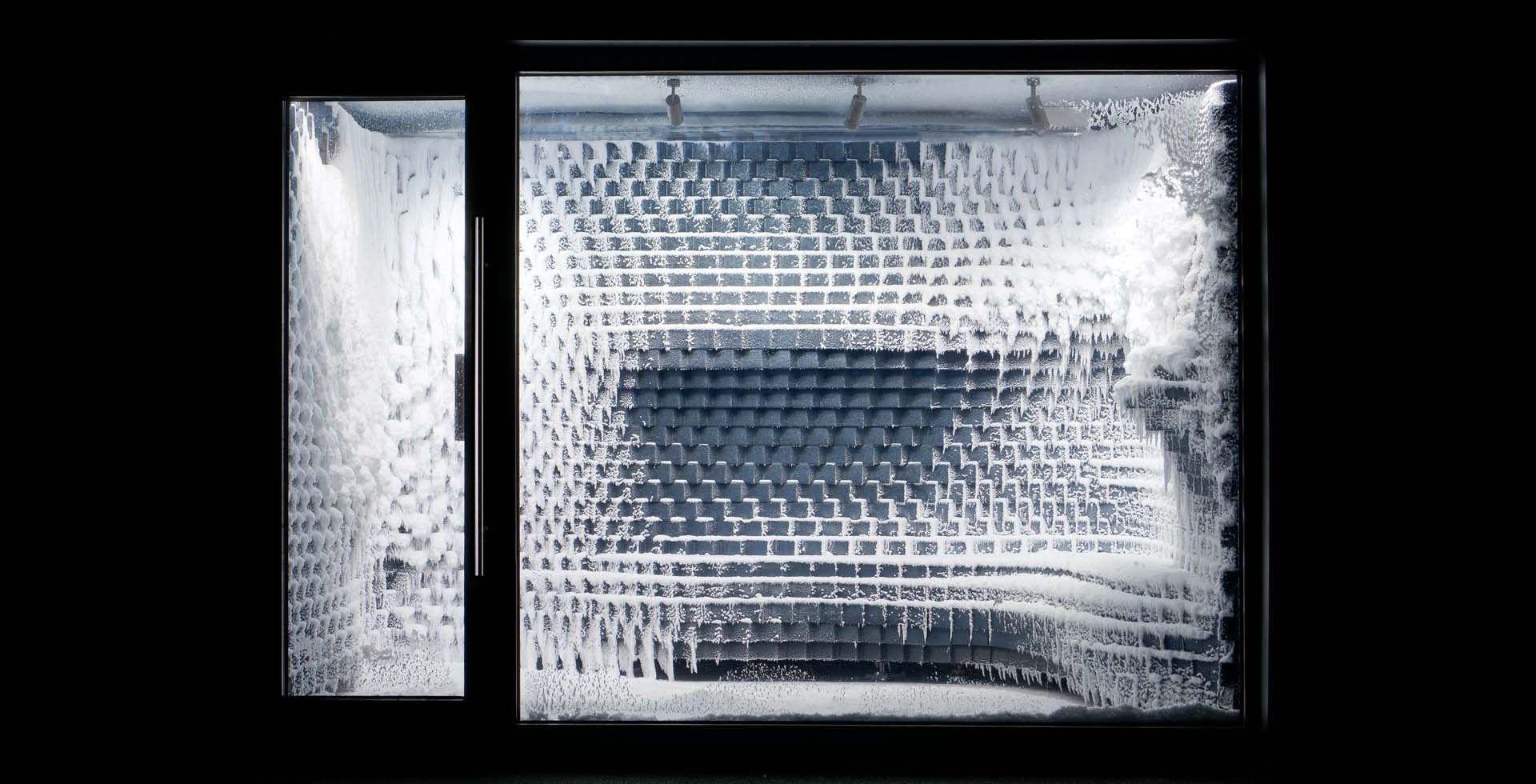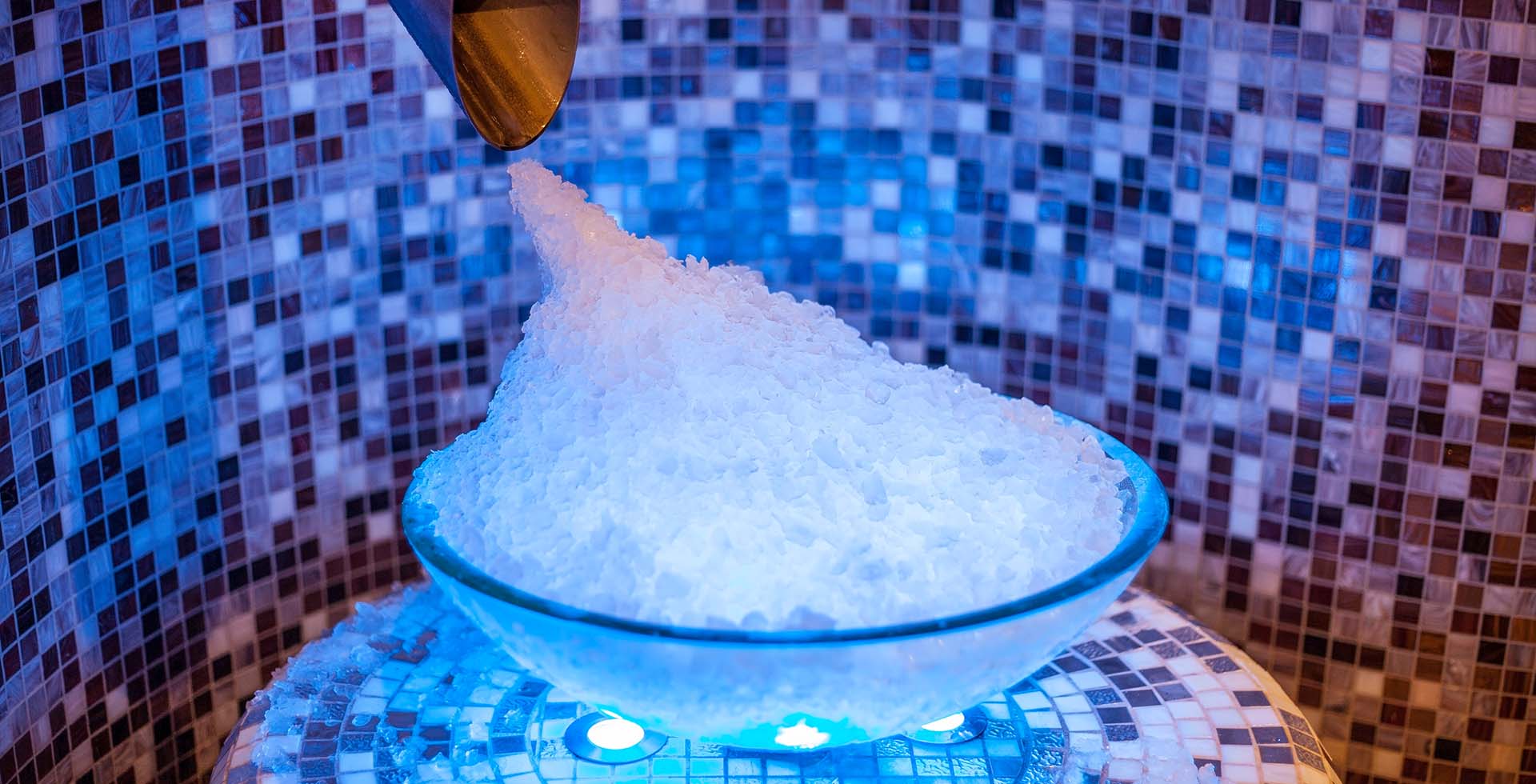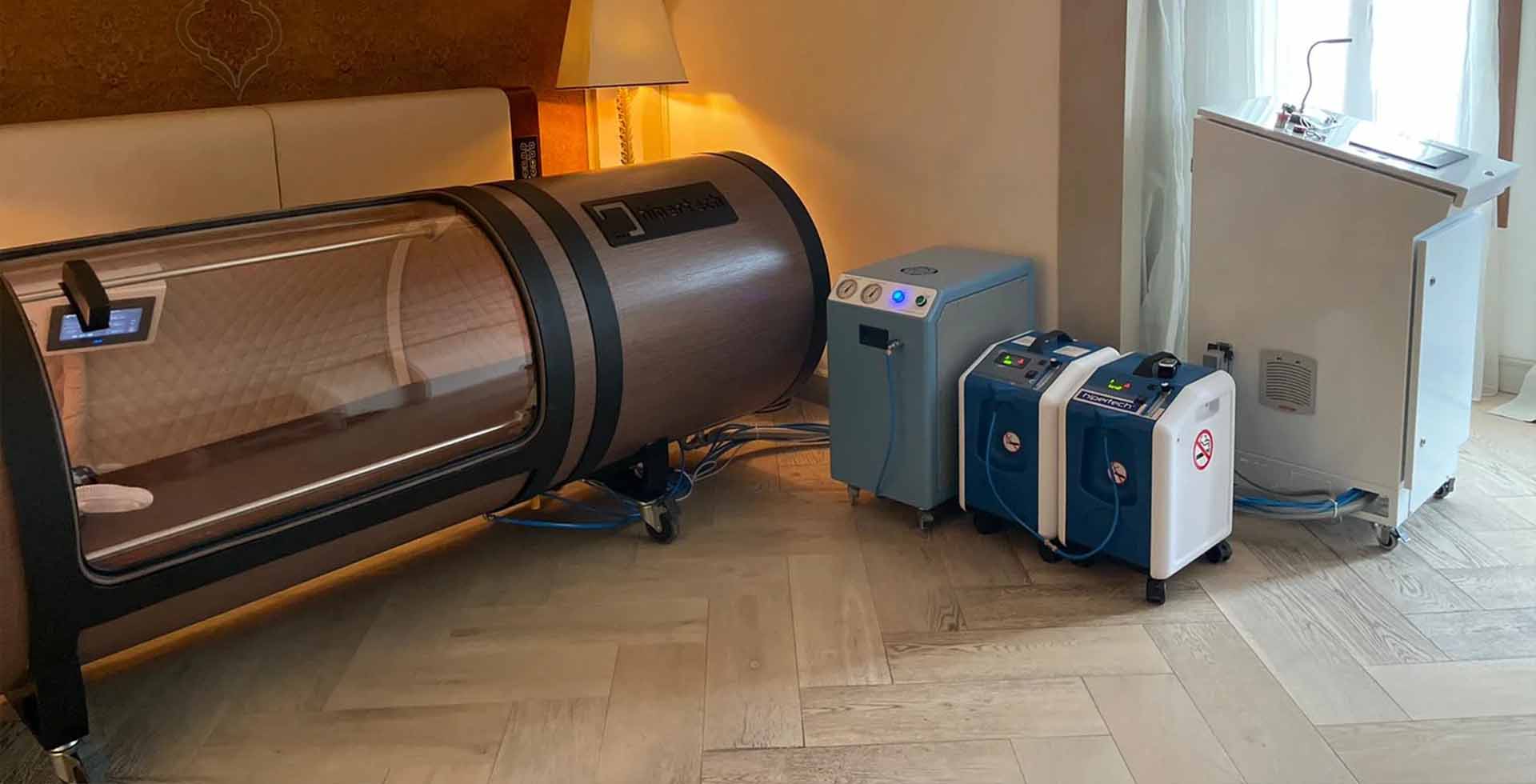Infrared vs Traditional Sauna in 2025
Infrared vs Traditional Sauna: Which Is Better for Your Home or Spa in UAE & Qatar?
Introduction
Infrared vs Traditional Sauna in 2025. Saunas have been used for thousands of years to promote relaxation, detoxification, and overall well-being. But as wellness technology advances, a new question dominates the industry —
Should you choose an infrared sauna or a traditional sauna?
In hot-climate regions like Dubai, Abu Dhabi, and Doha, this decision matters even more. The temperature, humidity, energy efficiency, and installation conditions of the Gulf region significantly impact the performance of each sauna type.
At Saunadekor, we manufacture advanced infrared sauna systems while also designing traditional sauna cabins for luxury properties. This gives us a unique, unbiased perspective on both technologies.
This comprehensive guide compares infrared saunas vs traditional saunas across all categories — heat method, health benefits, climate suitability, installation, energy use, comfort, an d long-term performance — to help homeowners, hotels, and spa operators make the best choice. Infrared vs Traditional Sauna

1. What Is a Traditional Sauna?
A traditional sauna (also known as a Finnish sauna) heats the air inside the cabin using: Infrared vs Traditional Sauna
- Electric sauna stove
- Wood-burning heater
- Hot stones
Temperatures typically reach 80–100°C, with optional water poured over stones to create steam bursts (löyly).
Key characteristics:
- High heat and humidity
- Intense sweating
- Strong heat shock effect
- Heavy energy consumption
- Requires ventilation and heat-resistant construction
Traditional saunas offer a “classic spa experience” familiar to most users worldwide.
2. What Is an Infrared Sauna?
An infrared sauna uses infrared emitters or panels to heat the body directly, instead of heating the air.
Temperatures stay between 45–60°C, but the light penetrates the skin, muscles, and joints for deeper therapeutic benefits. Infrared vs Traditional Sauna
Key characteristics:
- Low ambient heat / deep internal warming
- Faster muscle recovery
- Lower energy use
- No steam or humidity
- Easy and quick installation
- More comfortable for longer sessions
Because infrared heat operates gently, it is ideal for daily wellness routines.
3. Heating Method Comparison
| Feature | Infrared Sauna | Traditional Sauna |
|---|---|---|
| Heat Source | Infrared light waves | Hot air / heated stones |
| Heat Penetration | Deep (3–5 cm into tissue) | Surface-level, air-based |
| Cabin Temperature | 45–60°C | 80–100°C |
| Sensation | Gentle, tolerable | Intense, heavy heat |
| Sweat Response | Deeper, detox-focused | Immediate, high-volume |
Summary
Infrared heat penetrates deep into the body → better muscle recovery & pain relief
Traditional heat warms the air → classic spa ambiance & high-heat experience Infrared vs Traditional Sauna
4. Health Benefits Comparison
Infrared Sauna Benefits
- Reduces inflammation
- Deep muscle relaxation
- Enhances blood circulation
- Supports detoxification
- Improves skin elasticity
- Helps sleep quality
- Supports immunity
- More comfortable for longer use
Traditional Sauna Benefits
- Intense sweating and detox
- Heat shock proteins (HSP) activation
- Immediate cardiovascular stimulation
- Strong relaxation effect
- Traditional spa ambiance
Which is better?
For therapeutic results → Infrared
For classic heat enthusiasts → Traditional
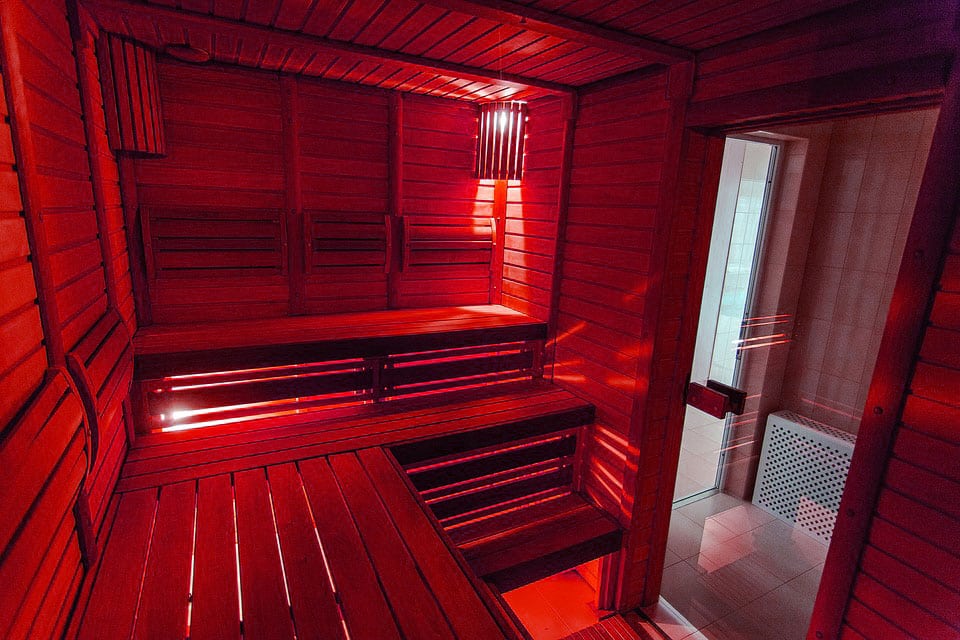
5. Energy Consumption (Especially Important in UAE & Qatar)
Infrared Sauna
- Operates at lower temperature
- 1.5–3 kWh average
- 40–60% less energy consumption
Traditional Sauna
- Requires constant high heat
- 6–9 kWh average
- Higher electricity bills
Winner: Infrared Sauna
Especially for villas, apartments, and luxury hotels where energy efficiency matters. Infrared vs Traditional Sauna
6. Climate Suitability in UAE & Qatar
The Gulf region already experiences: Infrared vs Traditional Sauna
- High outdoor temperatures
- High humidity (especially in coastal areas)
- High cooling costs
This affects both sauna technologies:
Infrared Sauna → PERFECT FIT
- Operates at lower heat
- Minimal HVAC load
- No humidity added
- Suitable for indoor residential settings
Traditional Sauna → CHALLENGING
- Requires strong ventilation
- Adds heat to surrounding areas
- Not ideal for small apartments or humid climates
Winner for Gulf Region: Infrared Sauna
7. Installation & Maintenance
Infrared Sauna
Easy and fast installation:
- No ventilation
- No drainage
- No plumbing
- Standard 220–240V electric connection
- Minimal maintenance
Traditional Sauna
More complex installation:
- Requires ventilation duct
- Heat-resistant surface materials
- High-temperature wiring
- Possible steam/moisture control
- Regular maintenance
Winner: Infrared Sauna for home use
Tie: For hotels/spas → Both are possible depending on concept
8. Comfort & User Experience
Infrared Sauna
- Comfortable temperature
- Longer session capability
- Suitable for elderly and sensitive users
- Ideal for daily use
Traditional Sauna
- Intense heat
- Not suitable for everyone
- Shorter sessions
- Classic “steam + stone” ritual
Which is better?
For comfort → Infrared
For tradition → Traditional
9. Aesthetic & Design Flexibility
Saunadekor designs both sauna types, but infrared saunas offer more flexibility: Infrared vs Traditional Sauna
Infrared Sauna Design Advantages
- Slim infrared panels
- Can be hidden behind wood or glass
- Ideal for modern villas & penthouses
- Minimalist luxury look
Traditional Sauna Design Advantages
- Authentic Finnish atmosphere
- Hot stone heater aesthetic
- Strong visual identity
10. Which Sauna Is Better for Homes in UAE & Qatar?
Infrared Sauna
✓ Lower heat load
✓ Lower energy usage
✓ Easier installation
✓ Better sleep & recovery
✓ Suitable for all ages
✓ Perfect for apartments & villas
Winner for residential use:
🔥 Infrared Sauna (over 90% UAE and Qatar customers choose this option)
11. Which Sauna Is Better for Hotels & Spas?
Both can be installed depending on brand identity:
Choose Infrared Sauna if:
- You want a modern wellness experience
- You aim to offer recovery-focused sessions
- You want low energy expenses
- You need multiple therapy rooms
Choose Traditional Sauna if:
- You want a classic spa environment
- Your spa concept includes steam/heat rituals
- You have strong HVAC infrastructure
12. Saunadekor: Manufacturer of Both Sauna Types
As a premium sauna manufacturer serving Dubai, Abu Dhabi, and Qatar, Saunadekor produces: Infrared vs Traditional Sauna
🔥 Infrared Saunas
- European infrared emitters
- Full-spectrum panel options
- Low-EMF, safe home systems
- Custom villa & spa projects
🔥 Traditional Saunas
- Finnish-style stone heaters
- Heat-resistant constructions
- Premium woods (hemlock, aspen, cedar)
- Glass-front luxury designs
Our advantages:
- Custom-built cabins
- CE & ISO certified production
- Installation coordination in UAE & Qatar
- Smart control systems
- Long-term maintenance support
13. Final Comparison Table
| Feature | Infrared Sauna | Traditional Sauna |
|---|---|---|
| Heat Type | Infrared waves | Hot air / steam |
| Temperature | 45–60°C | 80–100°C |
| Energy Use | Low | High |
| Climate Fit (UAE/Qatar) | Excellent | Moderate |
| Installation | Easy | Complex |
| Comfort | High | Intense |
| Health Benefits | Deep recovery, pain relief | Detox, heat shock |
| Best For | Homes, gyms, hotels | Spas, traditional wellness |
Conclusion
Both infrared and traditional saunas offer powerful wellness benefits — but your choice should depend on climate, usage goals, and installation environment. Infrared vs Traditional Sauna
For UAE & Qatar, where comfort, energy efficiency, and modern design matter most, infrared saunas stand out as the superior option for homes, hotels, and fitness centers.
With Saunadekor’s premium manufacturing, you can integrate either sauna type into your project with world-class craftsmanship, safety, and design excellence.
✨ Saunadekor — Crafting the Future of Wellness Technology in UAE & Qatar. Infrared vs Traditional Sauna

